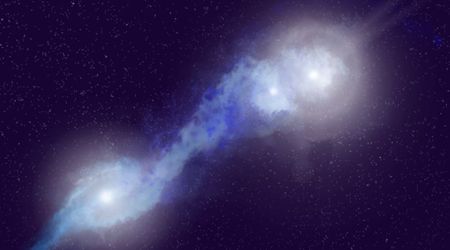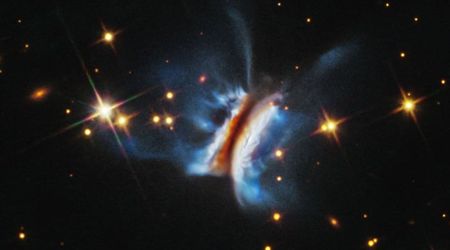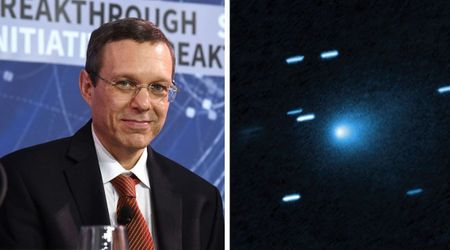NASA Plus joins Amazon Prime, providing access to exclusive content and live space launch streams

Space enthusiasts, those who typically tune in to livestreams, who are tired of grainy documentaries and delayed broadcasts, there's some good news for you. NASA is collaborating with Amazon Prime, so space fans can witness pivotal moments of aeronautics, human spaceflight, science, and technology missions — all in crisp quality. NASA, on May 6, announced a collaboration deal with Amazon, so space enthusiasts can watch cosmic content and livestreams of major space launches from the comfort of their homes. NASA+ had an on-demand streaming service that featured its original space and Earth-related content, but is now moving forward with a live channel service, according to Tech Times.

NASA has launched its FAST, which stands for Free Ad-Supported Television, that you can access if you have Amazon Prime. While the name suggests "Ad-Supported," the outcome is quite the opposite. The content from NASA Plus is free of charge and free of ads on Amazon and its other apps, since NASA is a US government agency funded by tax dollars. So users also don't need to worry about getting an Amazon Prime Video subscription for the experience, as NASA+ can be accessed for free on Prime Video's FAST section, as well as on other major platforms where it is available.
If you have Amazon Prime, you have a new way to watch NASA live and original programming. Launches, landings, spacewalks, and documentaries are now available via our Amazon FAST channel, ad-free: https://t.co/xnfs3pU1Au pic.twitter.com/GSENRSbJvR
— NASA (@NASA) May 7, 2025
Wes Brown, acting associate administrator for the Office of Communications at NASA Headquarters in Washington, said, “Streaming NASA+ on multiple platforms allows the agency to more efficiently share its missions, from launching astronauts to the International Space Station, to going behind the scenes with the team that defends Earth against asteroids, to showcasing new, high-definition images of the cosmos,” as per CNET. He further shared, "NASA provides an up-close look at how the agency explores the secrets of the universe for the benefit of all by ensuring content is easily accessible and widely available to the public,” according to NASA.

NASA's collaboration with Amazon is a giant leap not only for space enthusiasts but for science communication itself. By making its content accessible on platforms worldwide, NASA is not only making us excited about our universe but also investing in the future of young minds. It makes us feel like the cosmos is a little too close to home. With naysayers now accessing evidence at their fingertips, this move will potentially shift the space conversations among laymen, too. RM Technology, a tech education group, found in May 2024, "that more than half (57%) of children aged 4 to 7 years old believe that they'll travel to space in their lifetime," BBC reported.

Apart from accessing FAST on Amazon Prime, users can directly download NASA+ from the NASA App on iOS and Android mobile and tablet devices without a subscription on most major platforms. Users can now relax at home and access NASA+ streaming media players like Roku, Apple TV, and Fire TV. And it can also be streamed online at NASA+ which currently doesn't have any live streaming events scheduled to air anytime soon. For further updates, you can check out NASA+'s official page, as reported on CNET.









